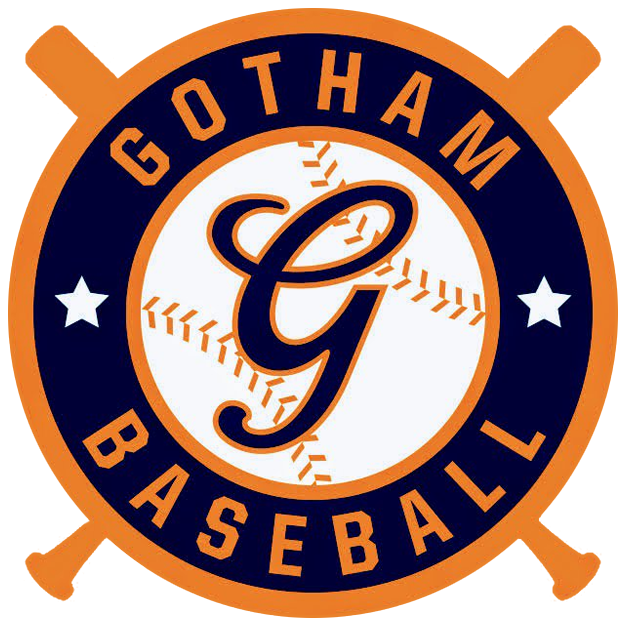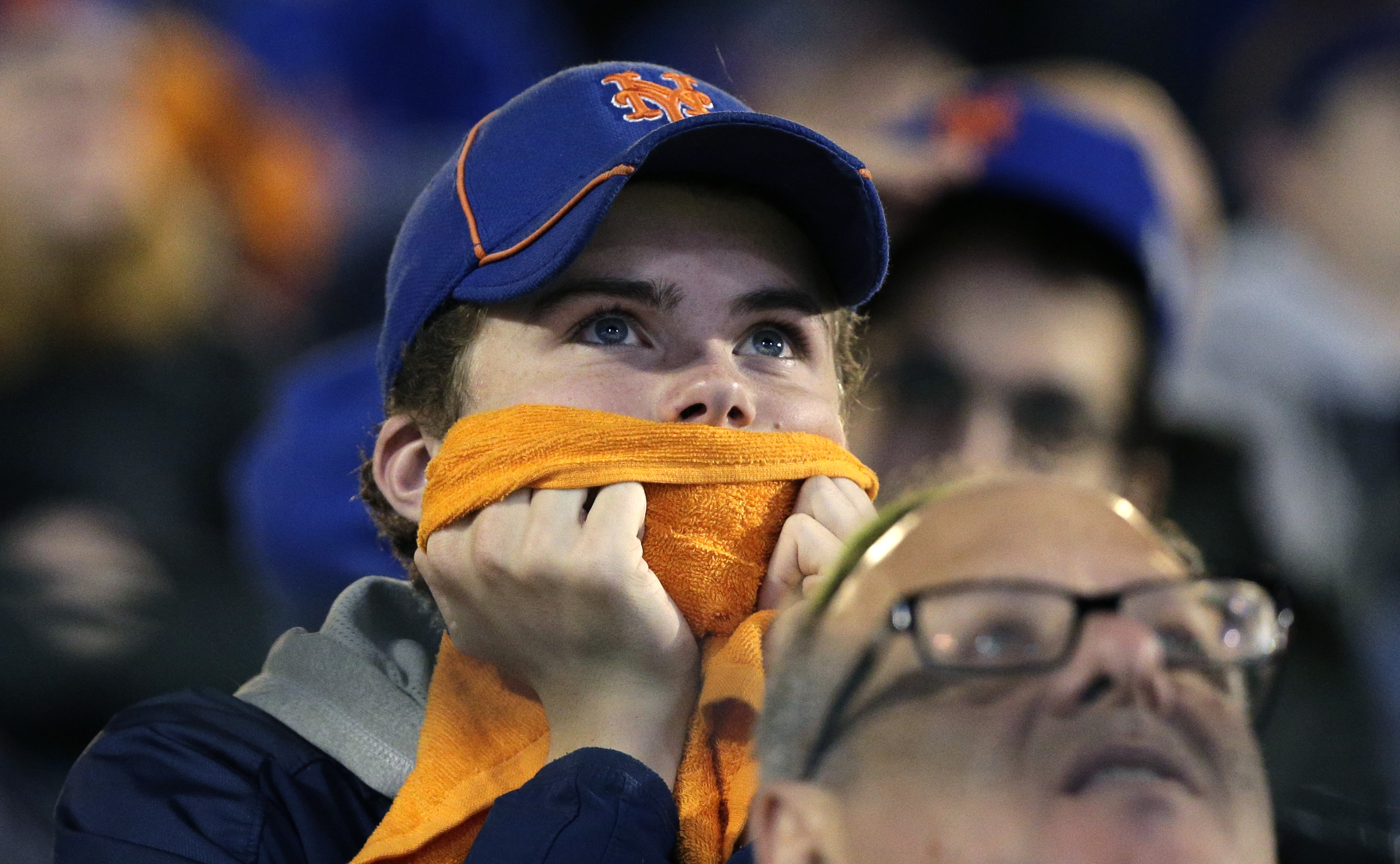
A few weeks ago, the New York Yankees’ Alex Rodriguez claimed that crosstown shortstop Jose Reyes was the “World’s Greatest Player.” Many writers were similarly awestruck by Reyes’ abilities, but that didn’t stop them from suggesting Rodriguez’s assertion was “disingenuous” and an attempt “to make waves.” After all, A-Rod is A-Rod, a man who manages to be perceived as phony even when he’s precluding an 8-year old from being flattened by oncoming traffic.
Less than 24 hours later, Reyes pulled into the Citi Field parking lot for a game against A-Rod’s Yankees and promptly pulled his hamstring. Make your own conspiracy-laden conclusions.
Jose Reyes was set to become an unfathomable benefactor of both an incredible pre-free-agency campaign and the media hype machine. He had always been an electrifying player, capable of hitting home runs at Shea and slapping triples into the cavernous gaps of Citi Field. Blessed with world-class speed, Reyes was larcenous on the base paths. And he manned his position with an infectious smile and an affect that was difficult not to sympathize with.
But until this season, Reyes was rarely what he appeared. The talent was always there, but the health and production wasn’t. His first two seasons (to be fair, he was only 20 and 21, respectively) were cut short by ankle and hamstring injuries. Despite avoiding the disabled list for the next four years, Reyes was maddeningly inconsistent. A .300/.354/.487, 5.1 WAR season was sandwiched in between his ’05 campaign (.300 OBP) and a 3.9 win 2007. Of course, he went on to post a stellar 2008 season in which he was yet again worth more than five wins.
Then the Mets moved across the parking lot to Citi Field, and Reyes lost the majority of 2009 to a calf injury. And 30 games of his 2010 season to a thyroid disorder. And now, with the injury to his hamstring, Reyes has quite likely shaved a few dozen games off his stat sheet and a zero off the bottom line of his next contract.
As Reyes approaches free agency, the incessant comparisons to Carl Crawford are apt. Both were 28 year-old speedsters who were approaching free agency. Both had put up career years prior to hitting the open market. Both were solid offensive players whose production relied on speed.
That last one is most important. All the queries of whether or not Reyes “deserved Crawford money” are moot if only because Carl Crawford didn’t deserve Crawford money.
For most of his career, Crawford had been the best player on a slew of dreadful pre-exorcism Devil Rays teams. But his career ark was as unpredictable as Reyes’. For every four-and-a-half win 2004, Crawford had an injury-plagued, .319 OBP 2008. For every stolen base and infield single, you had questions about his OBP, his seemingly diminishing power, and—most of all—his legs.
At various times throughout his Rays’ tenure, Crawford had complained about pain and discomfort in his legs, a phenomenon he explained away to poor turf quality at Tropicana Field. He had also fought off wrist injuries and tendon damage to one of his hands.
This may seem like a statement of the obvious, but players like Reyes and Crawford rely on their legs. That’s fine when they’re 24 and 25 or even 29. But even if speedsters remain healthy into their thirties, they are bound to see their defining attribute diminish as the years go on. Once their speed goes from great to merely very good, infield singles morph into groundouts, doubles become singles, and defensive prowess becomes defensive mediocrity.
Most of all, nine-digit contracts become massive mistakes.
Giving massive contracts to sluggers such as A-Rod and Barry Bonds isn’t exactly a sweet science, but it’s usually safe to assume they’ll maintain at least some pop and offensive value as they approach—or even enter—their fifth decade of life.
But guys like Crawford and Reyes live off their top-notch speed. Prior to this season, 16 percent of Carl Crawford’s career hits were infield singles. Take away those hits (whether by foul play or natural causes), and Crawford becomes a .260 career hitter. Without any significant power to offset the loss in speed and batting average, he is now a replacement-level singles hitter. By the time Crawford is 35, his production will be worthless and his doppelganger will be found in Double-A Binghamton with a .650 OPS. And he’ll still be making $20,000,000 per-annum.
The disturbing part is that Reyes’ situation may be even bleaker. He is a better player than Crawford ever was, finally realizing his lofty ceiling this year to the tune of a 4.7 WAR over just 80 games. He was hitting .354 with an otherworldly .927 OPS. He had 30 stolen bases. He had 15 triples and 40 extra-base-hits. Quite literally, he was burning up the base paths and was ready to cash in on his apparent greatness.
But for all of Crawford’s complaints and injuries, the former Rays left fielder appeared in 140 games in all but one of his nine Rays campaigns, never playing in fewer than 100 games in any particular season. In eight seasons with the Mets, Reyes has only played 140 games four times, and has failed to appear in 70 contests on three occasions.
Even if he stayed healthy for the entirety of this season, Reyes never deserved Crawford money. His track record was too inconsistent, his success too fleeting and his legs too unreliable to responsibly bestow him such a commitment. He’s had injuries to his ankle, his knee, his calf and his hamstrings, and giving a player with his skill set nine-digits and seven years will be a self-defeating strategy for any GM.
Thus, even if the Mets wanted and managed to forestall his departure to another club, it’s quite likely they would have regretfully rued their decision during the backend of the contract.
Now, no one in their right mind is going to give Reyes seven years worth of “Carl Crawford money.” Which is good for the Mets, because, well, they probably wouldn’t have been able to give him that money in the first place. But what about something like five years and $80 million? Or four years and $65 million? Or if the market is dry enough, three years and $48 million?
Even with their thinning checkbook and looming ownership change, the Mets could probably afford that. And despite everything above about the uncertainty that is his future, they’d be remiss not to keep Reyes at a reasonable price. Cornerstone five-tool shortstops who double as the face of a franchise aren’t exactly dime-a-dozen. For the Mets, losing Reyes would mean reverting to an unproven and quite likely unsuccessful solution at his position. In today’s shortstop-starved world, finding a competent replacement would be difficult enough. Finding someone who could duplicate or even approach Reyes’ production would be essentially impossible.
The best course of action for the Mets is to resign Reyes for no more than five years and take a calculated risk. The true gamble would be compensating Reyes in the long-term, and with a deal at or under five years, the Mets would minimize their liability. Even if Reyes’ injury problems continue or his productions slips near the end of the contract, the Mets won’t be strait-jacketed by a Beltran-esque deal. Worst case, they take a small hit on salary while benefiting when Reyes remains healthy and in the lineup. Best case, Reyes stays injury-free and productive for the majority of the contract, and the Mets have an MVP-candidate at a premium position for half a decade.
In all likelihood, the Mets weren’t going to be competing for a pennant this season, so Reyes’ hamstring injury may have been the proverbial blessing in disguise. Seats may remain empty at the new ballpark, losses may pile up in the right hand column and the fans may grow ever more restless. But it’s hard to believe that the outlook won’t be more distressing if Reyes is allowed to leave this winter with a compensatory draft pick as the Mets’ only bounty.
Of course, there’s a considerable obstacle—besides Jose’s own perceived value—for the Mets to overcome in resigning Reyes. As with any labor force, baseball salaries are driven by market value. So if Derek Jeter is worth $45,000,000…
On second thought, the Mets might want to ready a contingency plan.
Jesse Golomb writes for Baseball Digest and is the creator and writer of The Fan Manifesto, a website for the educated sports fan. He can be followed on Twitter @TheFanManifesto or contacted by email at JesseGolomb@TheFanManifesto.com.

